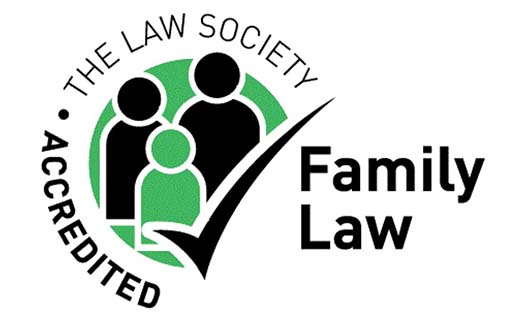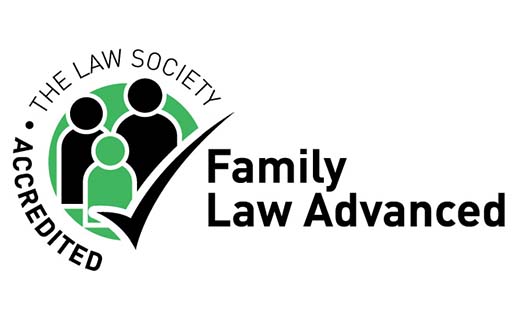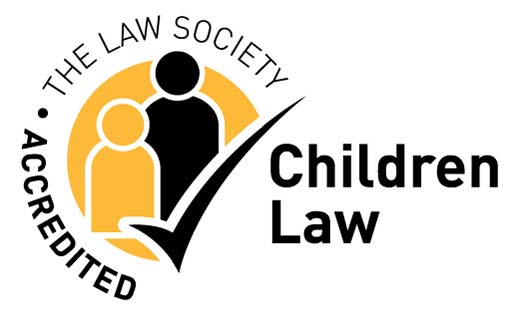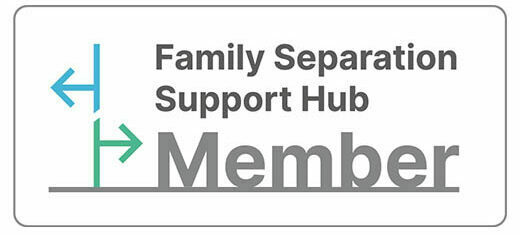Increasingly as lawyers we are required to have a good grasp and understanding of the inner workings of Local Authority processes, procedures, and structures. What I have found more recently, is that there is disparity between authorities with regards to their approach to public law cases, particularly when deciding what the final care plan might be.
For example, there can often be a similar set of facts within families, but one would be tracked for final Care Orders, the other Placement Orders for Adoption with little logic as to why a different standard appears to have been applied, other than perhaps a slightly different social work team may have analysed the case differently. It makes me question whether there is a need for more robust quality assurance within Local Authorities.
The making of Placement Orders by Local Authorities has been propelled into the spotlight more recently following the case of Somerset County Council v NHS Somerset Clinical Commissioning Group & Anor and [2021] EWHC 3004 (Fam (“Re SCC”). Mrs. Justice Roberts DBE being the presiding Judge (“Roberts J”).
Coram and BAAF swiftly peddled the findings to practitioners when it was hot off the press, toward the end of last year; but, it seems that momentum is taking ground as last Friday, 4th February we saw the President of the Family division, Sir Andrew McFarlane make an announcement in relation to non-compliance with Adoption Agencies Regulations 2005 ( “AAR”).
This is significant, during my reading of this case earlier last week, I began to wonder how Somerset had got this so wrong and whether they would be the only ones? It appears to me, reading between the lines this would be a far-reaching problem.
A national response is now required to ensure robust and consistent application of the regulations across the board. Re SCC serves as a stark reminder – we get things wrong, and we need to learn from mistakes to ensure that the young people we protect and seek to find better outcomes for, have the brightest possible future.
And I say “we” because whilst responsibility is firmly placed on the Local Authority in question in this case (and owned by them) my observation is that the legal teams for the Guardian, Parents and indeed the Court during the care proceedings for these cases failed to pick up on the procedural deficits.
Re SCC has brought into sharp focus some of the legalities around the process to ensure that Placement Orders are made lawfully. Roberts J makes it plain she does not have a welfare jurisdiction; she was tasked with considering whether the process was followed with legal fortitude – regrettably, she found it was not.
The Adoption Act 2002 (“AA”) is the key piece of legislation setting out under what grounds, Placement and Adoption Orders can be made. Underpinning this, the AAR provide the flesh on the bones in terms of how the primary legislation can be actioned day to day.
Regulation 17 of the “AAR” at 17 (1) (b) states that “a summary, written by the agency medical adviser, of the state of the child’s health, his health history and any need for health care which might arise in the future”
I won’t pour over all the facts of this case but will distill the key aspects to lend context.
The Local Authority made this application following the discovery that in a cohort of 10 placement orders recently made, the CPRs (Child Permanency Reports) for each child, which are documents providing information to the Agency Decision Maker (“ADM”) did not have the requisite medical information. The ADM is “The person who makes the decisions as to whether the proposed Care Plan for Adoption, Early Permanence and Foster to Adopt and Permanent Fostering is the right decision for the child.”
As part of the decision-making process, a health report by the ADM medical advisor is required for each child (or advice that no such report is required) as stipulated by Regulation 15 of the AAR. In addition, there needs to be a paragraph in each CPR summarising the health needs of the child prepared by the medical advisor. If this information is missing, the case needs to be re -presented to the ADM.
In Re SCC, an issue arose about the lawfulness of placement orders made between 2017 and 2021 concerning 10 children; it became clear during discovery that there were far more children who had been affected who were now adopted, that had pre-dated this application, but the Court was asked to consider this present cohort of cases only.
The impact of the failings meant that some of their permanent placements were at risk of breaking down, or had indeed, fallen through. As part of her Judgment, Roberts J was thoughtful, taking great care to take each of the children individually and provide an analysis of their specific needs and the impact this had on them.
To provide some perspective, one set of siblings had already been told that their prospective adopters would become their “forever parents.” In addition, extensive work had gone into matching these children with prospective adopters – this work was now compromised. None of this cohort of children were yet subject to Adoption Orders but the process of permanency for them had been significantly delayed. The Local Authority were seeking relief by way of “Part 18“* declarations. Roberts J made specific findings in relation to each child and at the conclusion of what she describes as an “already lengthy judgement” at paragraph 228 “Nothing of this sort can be allowed to happen again. SCC must conduct a complete and comprehensive overview of its compliance procedures. If this exercise requires the allocation of financial and other resources, then so be it” At paragraph 227 she was satisfied that overall decisions made about the children were materially compliant in substances, but not in form as per the intention of the original guidance of the AAR. The Local Authority was not absolved of systemic failings (Para 226) and she kept that matter open for future investigation.
But for now, where does that leave us as practitioners?
We all have a part to play in being diligent in our analysis of paperwork whether we are advising the parent or the Child or indeed representatives for the Local Authority (in house or Counsel). It is not enough to simply rely on the Local Authority doing its job anymore, making assumptions that they have got it covered. We should be collective eyes – just like safeguarding is everyone’s responsibility, we also need to be mindful of our collective procedural and quality assurance responsibility.
We are all aware of the pressures Local Authorities are under. We all have a part to play in ensuring we are accountable to the Children that ultimately, these decisions effect. It strikes me that the first place we could start is by being better educated as practitioners.
I think this case is helpful to keep in mind when representing Children through their Guardian; in many respects when in such a role, we need to hold the Local Authority to account as the voice of the child. In many cases we are often in harmony with local authorities but can still be asking them important questions along the way.
Whilst the welfare needs of any given case may lend the Judge to be satisfied that Placement Orders are the right resolution, Placement Orders need to be made in a lawful manner which means having regard for the procedural requirements that underpin them and ensuring they are made based on established legal principles. ‘Since the Judgement, the President says that “it has become clear that a number of other local authorities nationally (acting as adoption agencies) have identified similar issues of non-compliance and in early March 2022 he will consider legal argument as to the best and most proportionate means by which cases involving this kind of non-compliance can be addressed. In the light of these developments, the guidance indicates that local authorities are invited to review their policies, practices, and procedures to ascertain whether there are systemic non-compliance issues which raise similar difficulties to those in the Somerset case and if so to begin the task of identifying affected children.”’ (Lexis PSL)
This may be too late for the children impacted by the failings of SCC but this learning, can be taken forward.
I look forward to reading the Presidents Guidance in March and I may be back here again with a response.
Annie Francis, Supervising Solicitor – Advocate
E: anne.francis@nationallegalservice.co.uk
*Part 18 of the Family Procedure Rules 2010
To read the case in full, click here










